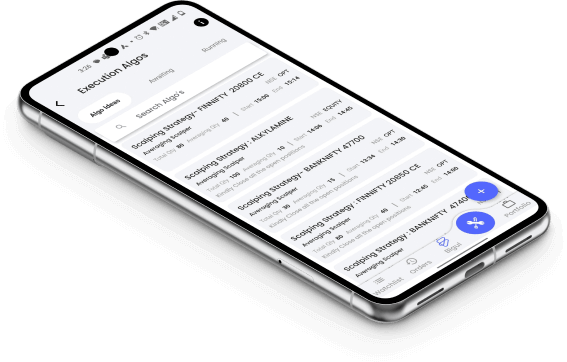1. Research and Analysis
Before diving into dividend capture, take time to understand and study potential stocks.
Research involves looking into a company's background, financial health, and dividend payment history. Check if a company consistently pays dividends and maintains stability.
Analyzing these factors helps you make informed decisions and choose stocks with a higher likelihood of providing steady income.
2. Diversification
Diversification means not putting all your money into one thing. Just like you wouldn't bet everything on a single game, don't invest all your money in one type of stock.
Spread your investments across different kinds of companies or industries. This way, if one industry does not do well, it won't affect all your money.
Diversifying helps reduce risks and makes sure that even if one investment doesn't go as planned, others can still bring in returns, keeping your overall investment safer.
3. Monitor Ex-Dividend Dates
Monitoring ex-dividend dates is like keeping a close eye on a special day for stocks. This day determines if you get a share of the company's profits. If you miss this day, you might miss out on the money companies pay their shareholders.
So, it's important to use tools like financial news or investment apps to know when this special date is coming.
Being aware and acting on time ensures you're in the right place at the right time to capture those dividends and boost your investment returns.
4. Consider Dividend Yield
Consider a stock's "dividend yield" when practicing Dividend Capture. Dividend yield is like a savings account interest rate – it shows how much a company pays in dividends relative to its stock price. While a high yield may seem attractive, ensure it's sustainable.
A too-high yield might signal financial trouble for the company. Aim for a balance, prioritizing stable companies with reasonable yields, reflecting a healthy dividend payout compared to the stock's cost. This helps secure steady income without compromising the long-term health of your investment.
5. Evaluate Dividend History
When considering stocks for dividend capture, take a close look at a company's dividend history. This means checking how regularly they've paid dividends and whether those payouts have grown over time.
A consistent and growing dividend history often indicates that the company is financially stable and confident in its future earnings.
This information helps you make informed decisions about which stocks to choose for your dividend capture strategy, increasing the likelihood of successful income generation.















